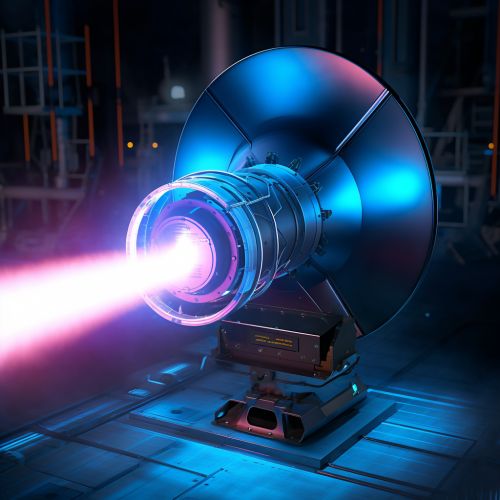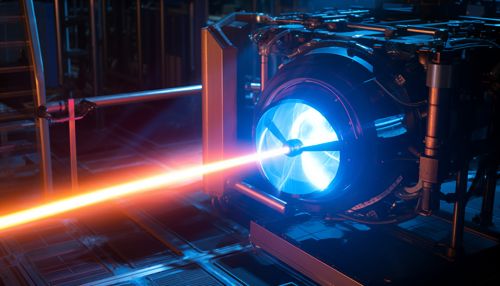The Physics of Plasma and its Applications
Introduction
Plasma, often referred to as the fourth state of matter, is an ionized gas consisting of positive ions and free electrons in proportions resulting in more or less no overall electric charge. It is typically formed at high temperatures when the kinetic energy of atoms is high enough to overcome the binding energy of the electrons orbiting the nucleus, leading to a process known as ionization Learn more about ionization. The unique properties of plasma have led to a wide range of applications, from lighting and television displays to propulsion systems and fusion reactors.


Physics of Plasma
Basic Properties
Plasma is unique in that it behaves neither like a gas, liquid, or solid. Instead, it possesses properties of both gases and liquids. Plasmas are highly electrically conductive and produce magnetic fields and electric currents. They respond strongly to electromagnetic fields and have properties such as complex wave behavior and instabilities, which are not found in other states of matter Learn more about electromagnetic fields.
Ionization
Ionization is the process by which an atom or a molecule acquires a negative or positive charge by gaining or losing electrons. In plasma, this process is often caused by high temperatures or electromagnetic fields. The degree of ionization, which refers to the proportion of atoms that have lost or gained electrons, can vary greatly depending on the temperature and density of the plasma.


Temperature and Density
The temperature and density of a plasma are two of its most important characteristics. The temperature of a plasma is a measure of the average kinetic energy of its particles, while the density refers to the number of particles per unit volume. Both of these properties can vary greatly depending on the specific conditions, leading to a wide range of different types of plasma.
Magnetic Confinement
Magnetic confinement is a method of controlling plasma used in nuclear fusion. It uses magnetic fields to confine the plasma into a specific shape and prevent it from coming into contact with the walls of the containment vessel. This is crucial in fusion reactors, as the plasma needs to be kept at extremely high temperatures and pressures for the fusion process to occur Learn more about nuclear fusion.


Applications of Plasma
Lighting and Display Technology
One of the most common uses of plasma is in lighting and display technology. Fluorescent lights and neon signs work by ionizing gas in a tube, which then emits light when it returns to a neutral state. Similarly, plasma displays work by using small cells of ionized gas to emit light.
Propulsion Systems
Plasma is also used in propulsion systems, particularly in spacecraft. Ion thrusters work by ionizing a gas and then accelerating it with electric fields to produce thrust. This method is highly efficient and can provide a small but continuous thrust over long periods, making it ideal for long-duration space missions Learn more about ion thrusters.


Fusion Reactors
Fusion reactors, which aim to replicate the process that powers the sun, use plasma to achieve the high temperatures and pressures needed for nuclear fusion. The plasma is confined using magnetic fields and heated to extreme temperatures, causing the atoms within it to fuse together and release energy.
Industrial Processes
Plasma is used in a variety of industrial processes, including plasma cutting, plasma arc welding, and plasma etching in semiconductor manufacturing. These processes take advantage of the high temperatures and reactivity of plasma to cut, weld, or etch materials with a high degree of precision.
